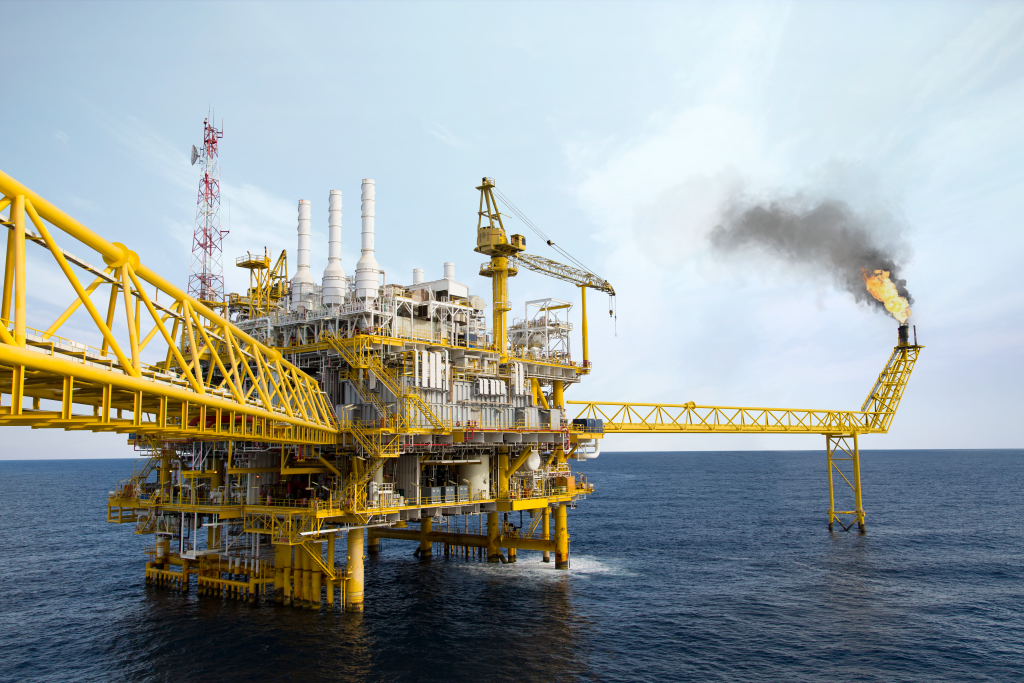Case Study: Practical Steps in Deploying Automated Robots Offshore

Offshore oil & gas sites represent multiple challenges for employee safety and operational efficiency. From the remote location to hazardous materials, there are many reasons why reducing the need for a wholly human workforce would prove advantageous.
While the use of automated robots is beginning to make headway, it certainly isn’t commonplace – yet. While the industry (and technology) still has some way to go before such tech is embraced for everyday operation, a host of honed and trialled equipment is already being utilised around the globe.
The following looks at some of the practical steps involved for successful deployment of automated robots in offshore locations.
The Challenges
If you consider the many advantages to be had by automating certain tasks it’s easy to see why so much effort and investment is being directed into such projects. The most obvious of these include:
- Reducing the need to transport people to offshore locations, a hazardous trip in its own right to what are often hard-to-reach sites.
- A reduction in the human workforce in a potentially hazardous location, with highly pressurised, flammable material, extremes of temperature and the need to enter elevated or confined spaces.
- A robot with multiple sensors can gather many different types of information at the same time, unlike a human who is limited to carrying out one task at a time.
- Negating the likelihood of human error.
- Reducing a company’s carbon footprint by reducing the amount of transportation needed to get a human workforce to and from the site.
While this all sounds extremely positive, the logistics of a successful robot operation that could carry out many of the regular data gathering tasks necessary is also a challenge in itself. This is where innovation and a solutions-based approach comes into action.
Implementing such a technology to be efficient, safe and viable is certainly not a simple task. Global energy business, bp, is keen to advance such a concept, putting their money where their mouth is with a long-term investment strategy to boost digital transformation with the aim of reaching net zero emissions by 2050.
The Practical Steps to an Offshore Robotic Solution.
With this in mind, bp set up an innovation and engineering team, working with the brightest minds and cutting edge tech to work towards solutions. One such project was to embrace one of the most advanced robots on the market today – Boston Dynamic’s Spot.
While the robot itself existed, many steps had to be satisfied before there was even the remotest chance of it being deployed to a live offshore rig. These stages were carried out as follows:
- Step 1: Perform a proof of concept (POC): This was necessary to show that Spot was able to navigate in an industrial environment. To do so, a mock-up of a typical production site was created, with various hazards that the robot would need to reliably travel on and around. These included grated platforms, confined spaces, ramps, gravel pads, narrow passages and confined spaces. This testing highlighted Spot’s weaknesses – once of which was grated stairs – and the necessary improvements put in place to overcome this and other minor issues.
- Step 2: Move to a real world onshore environment: Once the above step was proven, the same tests were carried out in a live onshore location. Once again, the technology team monitored the robots performance and carried out necessary updates.
As you might imagine, these 2 steps alone have taken a long time to reach, taking over a year to complete. The team are now at the stage where they’re confident that they can move to step 3 of the trial – a live offshore environment.
Deployment is imminent, with the trial anticipated to last for at least 3 months – not least to remove any novelty aspect of having a robot on location. Plans for the trial include:
- Setting the right mindset of users and getting people used to having it work in real life scenarios.
- Determining how to customise Spot for different users and operations.
- Taking advantage of fast moving technology, integrating aspects such as AI and AR to further improve what the robot can do.
The Future of Offshore Automated Robots
It’s important to recognise that robots, such as Spot, are a dynamic tool that will be ever-advancing in what they can achieve. Not only can they reduce risk to people by taking over many of the regular inspection and data gathering tasks, but can also learn all the aspects of a sites normal operating limits.
Equipping the robot with analytical reasoning and the ability to look, listen, smell and scan the area will allow humans in a location far away from the offshore site to make judgment calls as to how they use that information.
We might not have truly autonomous robots working on offshore sites quite yet, but the reality is only a short time away.
At Nexxis, such innovation is at the heart of their unique, solution-driven model. With decades of experience within the Oil & Gas, Nuclear, Mining and Petrochemicals that’s combined with technical expertise, they’re always one of the first to bring the future to reality.
Discover more about this refreshing approach to robotic inspection or contact us today for a no-obligation chat.
